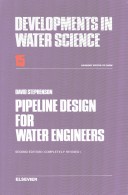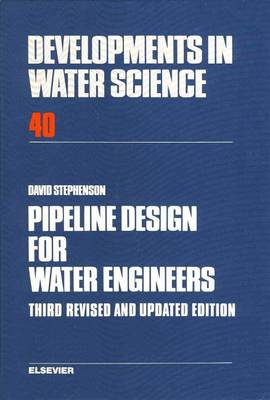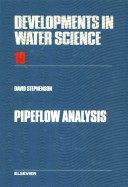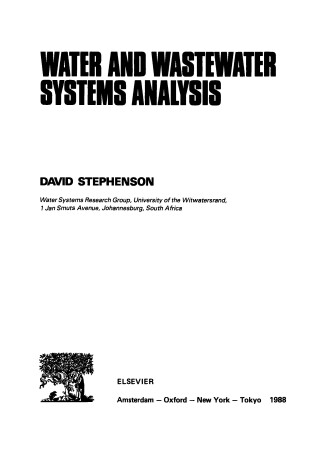Developments in Water Science
2 primary works • 8 total works
Book 6
Book 15
Kinematic Hydrology and Modelling
by David Stephenson, Michael E Meadows, M E Meadows, and D.J. Stephenson
Water and Wastewater Systems Analysis
by David Stephenson and D.J. Stephenson




